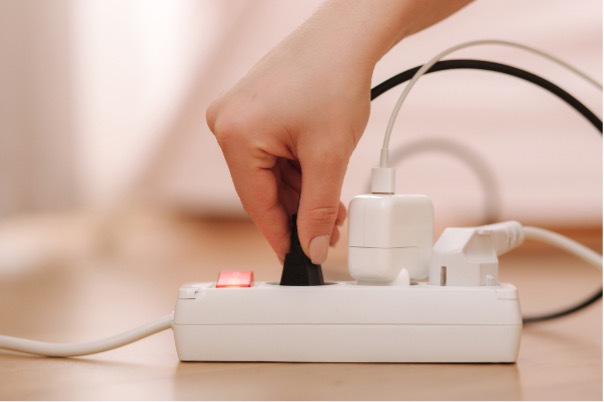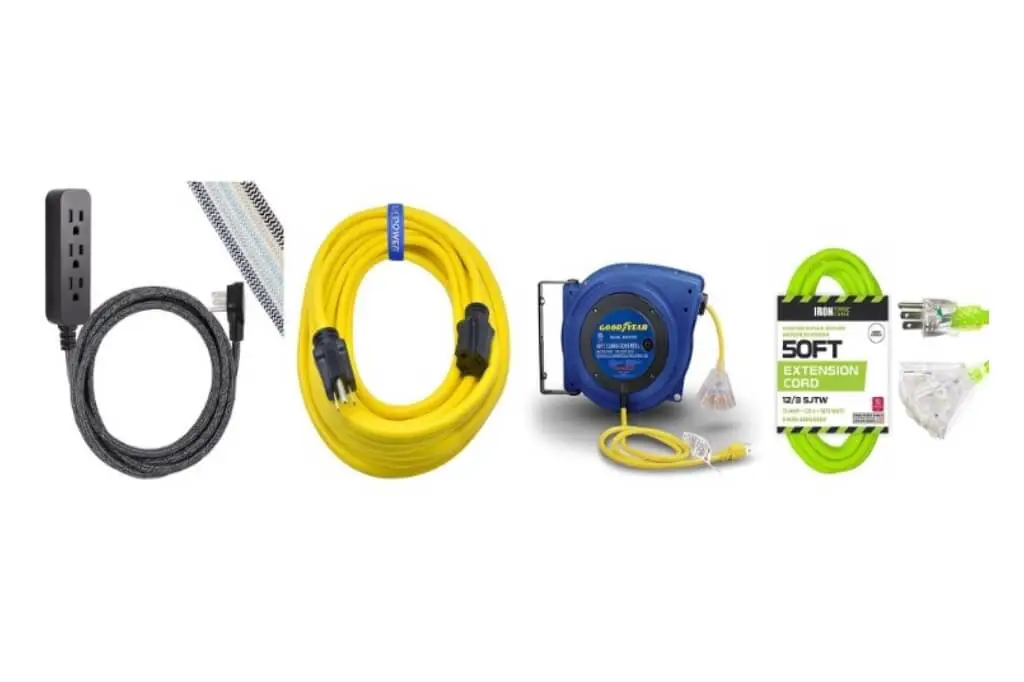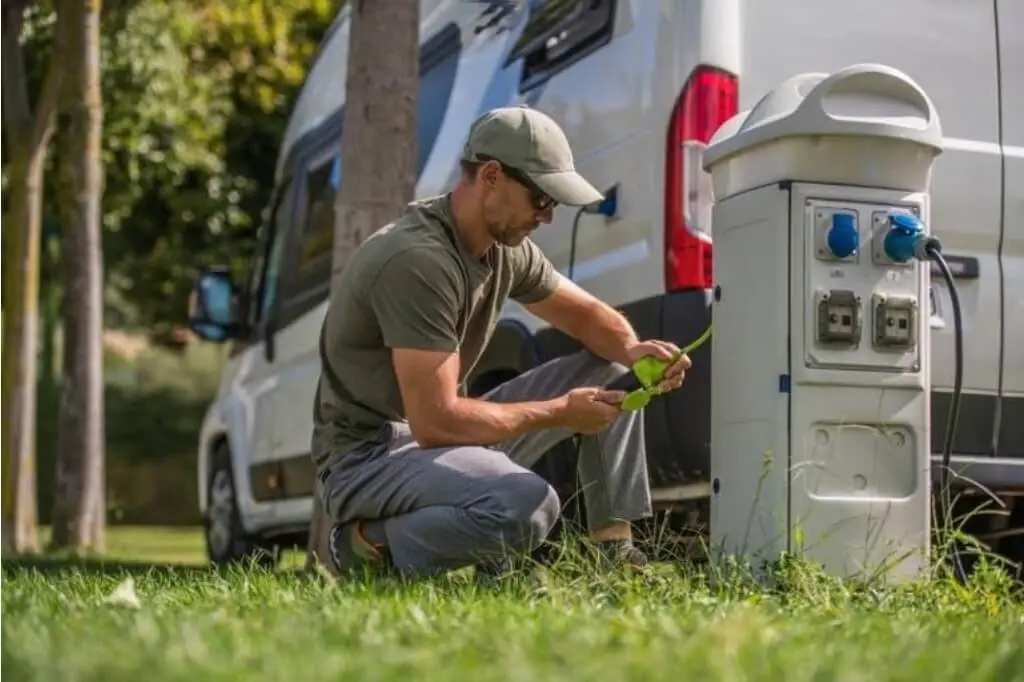Introduction
Extension cords play a vital role in our electrical world. They act as a lifeline for our devices, appliances, and tools, especially when an outlet is not easily accessible. Whether you are an experienced DIYer, a homeowner with some DIY skills, or a professional electrician, it’s important to know how to wire an extension cord. This skill can save you money and help you maintain a safe electrical setup.
In this guide, we’ll walk you through the process of wiring an extension cord step by step. We’ll emphasize safety measures, explain the different components of an extension cord, and provide tips and insights that will help you become a cord-wiring pro. So, grab your tools, put on your safety goggles, and let’s dive into the world of extension cords.
What is an Extension Cord?
Understanding the Basics of How to Wire an Extension Cord
Before we dive into the nitty-gritty of wiring an extension cord, let’s start with the basics. An extension cord is a flexible electrical cable with a plug on one end and one or more sockets on the other. It’s a simple yet indispensable tool that allows you to extend the reach of your electrical devices beyond the reach of a power outlet. Extension cords come in various lengths, shapes, and sizes, making them versatile for a wide range of applications.
The Anatomy of an Extension Cord
To successfully wire or repair an extension cord, you need to understand its various components. Here’s what makes up a typical extension cord:
1. Cord
The cord is the long, flexible cable that extends from the plug to the socket(s). It’s the essential conduit for electrical power to travel from the source to your device. Cords come in different thicknesses, known as wire gauges, which affect their capacity to carry current. The thicker the cord, the more electrical load it can handle.
2. Plug
At one end of the cord, you’ll find the plug. This is what you insert into an electrical outlet. Plugs can vary based on their design and prong configuration. Make sure your plug matches the type of outlet you intend to use.
3. Socket
On the opposite end of the cord, you’ll have one or more sockets, also known as receptacles. These are where you plug in your devices. Sockets are available in different configurations to accommodate various types of plugs.
4. Insulation
The outer covering of the extension cord is typically made of rubber or plastic. This insulation is crucial for safety, as it prevents electrical exposure and protects the wires inside.
Safety First: The Golden Rule of Cord Wiring
Safety should always be your top priority when dealing with electricity. Before you even think about wiring or repairing an extension cord, make sure to follow these essential safety measures:
- Disconnect the Power: Never work on an extension cord while it’s connected to a live power source. Always unplug it from the wall or disconnect it from the power supply to ensure your safety.
- Inspect for Damage: Before you begin, thoroughly inspect the extension cord for any signs of wear and tear. Look for frayed wires, exposed conductors, or damaged plugs. If you find any, it’s best to replace the cord rather than attempting repairs.
- Appropriate Tools and Materials: Ensure you have the right tools and materials for the job. You’ll need wire strippers, electrical tape, a replacement plug if required, and a soldering iron. Using the correct equipment will help you achieve a safe and effective repair or wiring.
How to Wire an Extension Cord: Step-by-Step
Now that you’re equipped with the knowledge of extension cord components and safety measures, it’s time to learn how to wire or repair an extension cord. Here’s a step-by-step guide:
Step 1: Cut and Strip the Cord
If you’re repairing a damaged cord, start by cutting off the damaged section. Using wire strippers, carefully strip about an inch of insulation from the cut ends of the cord to expose the inner wires. Ensure the exposed wires are clean and free from frayed strands.
Step 2: Prepare the Plug
If you’re wiring a new cord or replacing a plug, prepare the plug by opening it up. You’ll usually find two or three terminals inside, each marked for the hot (black or red), neutral (white), and ground (green or bare) wires. Insert the cord through the plug’s cable clamp and make sure the wires are long enough to reach the terminals.
Step 3: Connect the Wires
Connect the wires to the corresponding terminals. The hot wire goes to the brass or gold-colored terminal, the neutral wire to the silver terminal, and the ground wire to the green or bare terminal. Tighten the terminal screws securely to ensure a good electrical connection.
Step 4: Secure the Cable Clamp
Secure the cable clamp once the wires are connected to hold the cord in place. This prevents the wires from being tugged or pulled loose, which could lead to dangerous exposure.
Step 5: Close the Plug
Close the plug’s casing and secure it with screws or clips. Make sure it’s properly sealed to protect the wires and connections from exposure.
Step 6: Test the Cord
Before putting the extension cord to use, test it to ensure it’s working correctly. Plug it into a known working outlet and check that your devices receive power without any issues.
Maintenance and Safety Tips for How to Wire an Extension Cord
1) Keeping Your Extension Cords Safe
Now that you know how to wire or repair an extension cord, it’s essential to keep your cords in good condition. Here are some maintenance and safety tips:
2) Regular Inspections
Periodically inspect your extension cords for damage, especially if they are used outdoors or in challenging environments. Promptly replace any damaged cords.
3) Proper Storage
Store your extension cords coiled or hung on hooks to prevent kinks and tangles. This also prolongs the cord’s life and makes it easier to use.
4) Don’t Overload
Every extension cord has a maximum capacity. Never exceed this capacity by plugging in too many devices. Overloading can lead to overheating and fire hazards.
5) Unplug When Not in Use
When your devices are not in use, unplug them from the extension cord. This saves energy and reduces the risk of electrical issues.
6) Invest in Quality Cords
High-quality extension cords are built to last and provide better protection. It’s worth investing in durable cords for safety and longevity.
Conclusion
Wiring an extension cord may seem like a daunting task, but with the right knowledge and safety measures, it becomes a manageable DIY project. Whether you’re a DIY enthusiast, a handy homeowner, or an electrician, this guide has equipped you with the skills needed to create or repair extension cords. Always prioritize safety, understand the components of your extension cords, and follow the step-by-step instructions provided.
Extension cords are the unsung heroes of electrical convenience. They’re the extra mile that your power needs to reach. So, with your newfound knowledge, you can keep the electricity flowing, whether it’s for your power tools, holiday lights, or any other electrical device. Happy wiring!
Frequently Asked Questions (FAQs)
Q1: Can I repair an extension cord that has a damaged plug or frayed wires myself, or should I seek professional help?
A1: You can repair a damaged extension cord yourself if you have the necessary tools and follow safety guidelines. However, if you’re unsure about your abilities or if the damage is extensive, it’s best to consult a professional electrician for safe and reliable repairs.
Q2: What should I do if my extension cord gets wet or is exposed to the elements?
A2: Extension cords should not be used outdoors or in wet conditions unless they are designed for it. If your cord gets wet, unplug it immediately and let it dry thoroughly before using it again. For outdoor use, invest in extension cords with a “waterproof” or “outdoor” rating.
Q3: Can I daisy-chain multiple extension cords to reach a distant outlet?
A3: It’s generally not recommended to use daisy-chain extension cords. It can lead to overloading, overheating, and increased fire risks. Instead, use a single, longer cord that’s rated for the intended load, or consider installing additional outlets where needed.
Q4: How can I determine my extension cord’s capacity or amperage rating?
A4: The amperage rating of an extension cord is often labeled on the cord or its packaging. Look for a number followed by “A” (e.g., 15A) to find the amperage rating. Ensure the rating matches the load you intend to connect to the cord.
Q5: What’s the difference between 2-prong and 3-prong plugs on extension cords, and when should I use each type?
A5: A 2-prong plug has two pins for hot and neutral wires, while a 3-prong plug has an additional ground pin. For safety reasons, always use 3-prong extension cords when possible, especially for grounded appliances and in areas where electrical grounding is required. A 2-prong cord should only be used with double-insulated, non-grounded devices in suitable environments.


